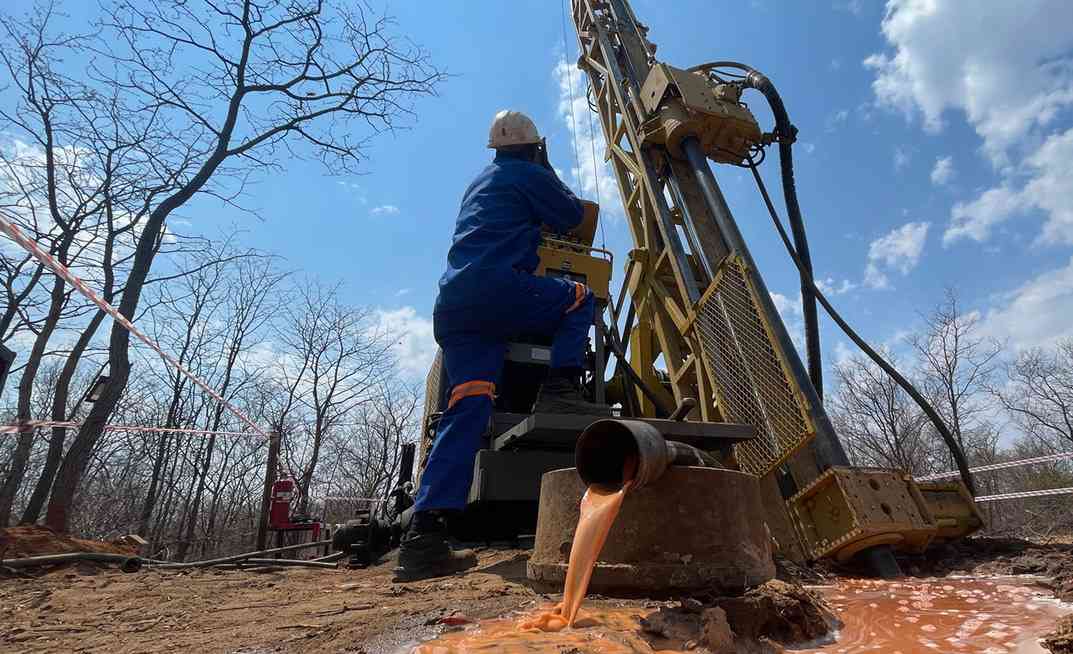
PRIVATE cotton industry contractors have asked government to change how the free inputs programme is run to avoid stifling private sector investment.
Government is providing free inputs to cotton producers in underserved areas in an effort to boost output nationwide.
Despite the plan being noble, it is displacing private sector investment, industry officials say.
“The free inputs scheme is good, but it may just need to be tweaked so that it doesn't crowd out private sector investment because as it is now, the way it is being administered, tends to crowd out private sector investment because farmers are getting inputs for free,” Cotton Ginners Association acting chairperson, Caos Nzenze told NewsDay Farming.
“Farmers who are being given input through the programme are getting the inputs through one company which is not ideal. When price subsidies are being given, they are only given to those farmers that have taken inputs through that one company.
“It's a very good programme, but we need to tweak the administration so that the subsidies are paid out to the farmers after production, and the inputs are given on a recoverable basis and a price incentive is given to farmers so that they are actually motivated to produce.”
Due to a number of factors, including among others, drought, climate change, low pricing, out-of-date varieties and payment delays, Zimbabwe’s cotton output has been dropping.
The nation produced 137 702 tonnes in 2021, up from 91 712 the year before. The production of cotton began to decline in 2013. Before 2013, production was between 200 000 and 350 000 tonnes.
- Teachers, other civil servants face off
- Veld fire management strategies for 2022
- Magistrate in court for abuse of power
- Vungu Dam water treatment and irrigation project takes off
Keep Reading
According to Nzenze, government must reward farmers who genuinely grow cotton.
"That money, which would typically be used to provide free input, is now being used to compensate farmers who have produced. Because we are now rewarding or compensating farmers who have actually produced and we are not driving anyone out of the market, I believe that would be a little more fruitful and satisfying,” he said.
All farmers who have grown cotton ought to profit and receive a price incentive for each kilogramme of cotton produced, he added.
“I can assure you we will see a boost in production of cotton. If you look at the statistics when farmers were getting inputs that would be recovered, we produced very good numbers,” he said.
“So I'm saying that if an incentive to farmers over and above what price we would have paid as private sector or as an industry, the government comes up with an incentive, that should motivate farmers to want to grow more cotton next year and offer them a price incentive to say ‘we are giving over and above the price that you have already been paid by the market.’
“We are paying you this amount per kg, which amount would have ordinarily been invested in inputs because every farmer who gets the input should plant. We ask these farmers to get inputs on credit and so that we recover from them when they get to marketing.
“But then they also get a price incentive which is the same amount of money they would have been given as free inputs. But you know how it is with people on these free inputs. They will say: ‘Look, let me just get the money now instead of waiting for the crop to grow. The risks associated with rains, it may be a drought and I may not have anything and eventually get nothing out of it. Let me sell the inputs for now and get my money’,” he said.
To counter this, he said farmers should receive inputs on credit so they know that someone is going to knock on their door and inquire about the inputs.
“So yeah, it's a good programme, but we need to tweak its administration so that we get the full benefits of this programme,” Nzenze said.
President of the Cotton Producers and Markets Association of Zimbabwe, Stewart Mubonderi said getting access to inputs through the Agricultural Marketing Authority (Ama) was difficult and time-consuming, leading farmers to enroll in alternative loan schemes.
“The scheme (free input) has helped uplift rural life in a big way. We need an almost similar one to tobacco, but it should meet the needs of the cotton farmers. The price of cotton is around US$0,29 to about US$0,40 per kg, while tobacco can fetch up to US$6 per kg,” he said.
Ama chief executive officer Clever Isaya said maintaining cotton's status as an export commodity and paying farmers in foreign currency would help the industry recover.
“A minimum input package consisting of two bags of basal and one bag of ammonium nitrate fertiliser should be given to farmers by contractors before the onset of the rainy season. Companies should stick to input distributing deadlines given in the regulations to improve production,” he said.
“Pre-planting prices should be announced early to encourage farmers to produce. Training of farmers and extension workers in cotton production and grading including destruction of ratoon crop and use of contaminant-free picking material must be intensified.”
In order to ensure that the quality of the cotton produced in Zimbabwe is improved, regular payments and the payment of grade differential prices should be observed, he added.
According to the Ama boss, additional funding for irrigation infrastructure is necessary because of the erratic nature of the weather.
“Commercial farmers should be encouraged to get into cotton farming and contractors should support such farmers too. A more strengthened farmer registration process for both contracted and non-contracted farmers is required to reduce incidences of side marketing,” he said.
- Follow us on Twitter @NewsDayZimbabwe






